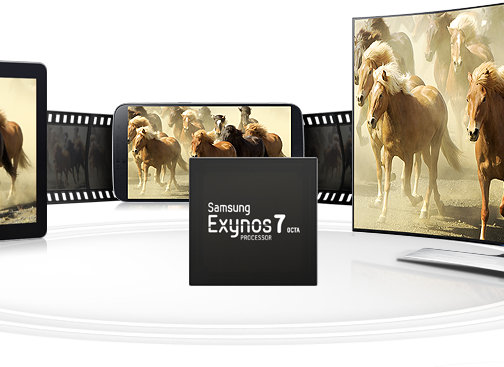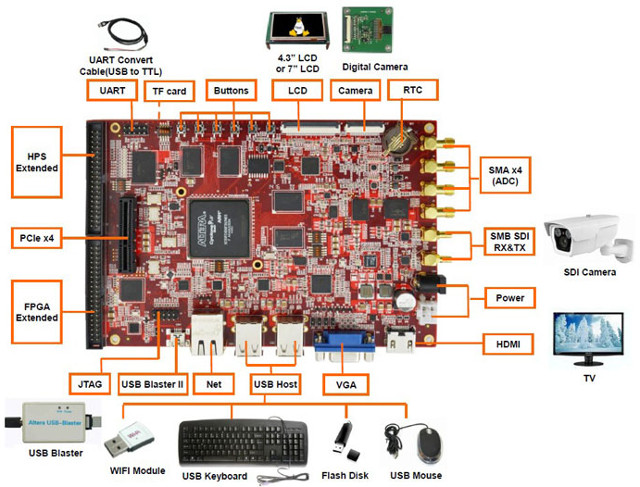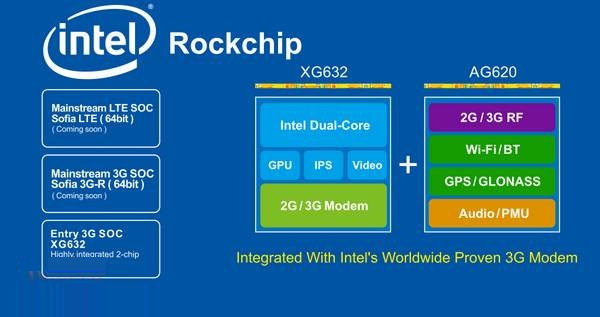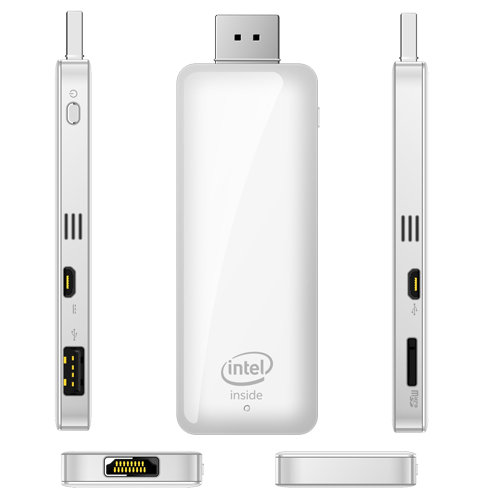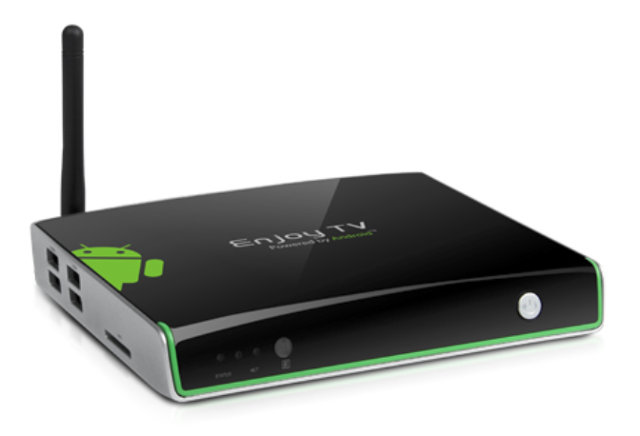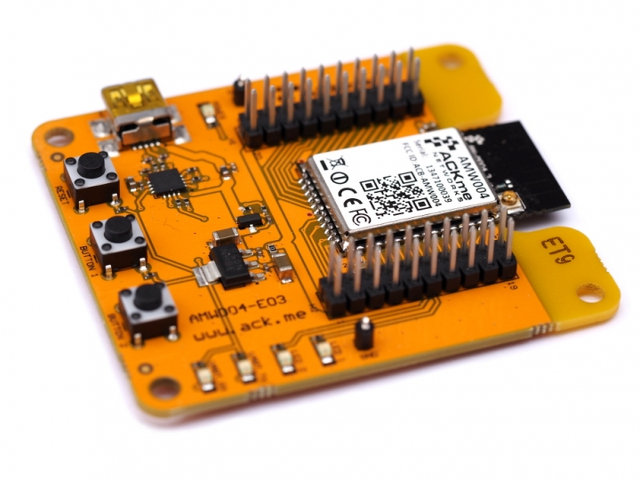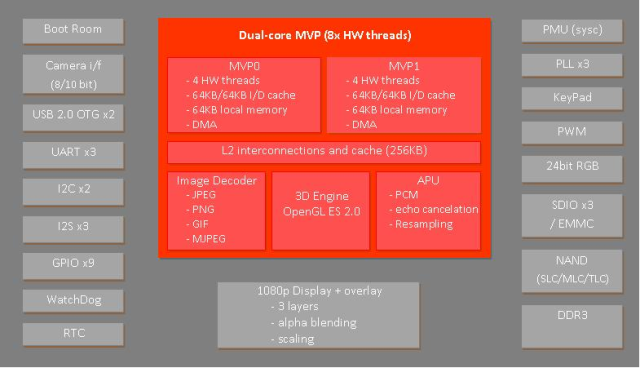Samsung started to commit code related to Exynos 7 processor to mainline kernel in August, but at the time details were scarce, and many tech websites referred to a Exynos 5433 64-bit processor from Samsung. Exynos 5433 for a Cortex A53/A57 SoC did not make much sense as the company recently announced Exynos 5430 based on Cortex A15 and A7 cores, so finally Exynos 5433 has been renamed to Exynos 7 Octa. Here’s what we know about Exynos 7 Octa from information on Exynos 7 Octa page and an older Anandtech article about Exynos 5433: CPU – 4x Cortex A57 cores @ 1.9 GHz , 4x Cortex A53 cores @ 1.3 GHz GPU – Mali-T760 @ 700 MHz Memory Controller – 2x 32-bit @ 825MHz (13.2GB/s b/w) Display – Up to WQHD (2560 x 1440) / WQXGA (2560 x 1600) resolutions Video – Advanced multimedia format codec (MFC) including support […]
Lark Board Powered by Altera Cyclone V SX ARM Cortex A9 + FPGA SoC
Farnell/Element14 has quietly announced Lark Board from their subsidiary Embest Technology in September. The board is powered by an Altera Cyclone V ARM Cortex-A9 dual-core + FPGA processor with high speed transceivers, runs Debian 7.4, and targets medical instruments, video surveillance and industrial control applications. Lark board specifications: SoC – Altera Cyclone V SX (5CSXFC6D6F31I7N) with a dual core Cortex A9 processor (HPS – Hard Processor System) @ 800 MHz, FPGA fabric including up to 110K logic cells (LE), and high speed transceivers (2 PCIe hard IPs and 9 3Gbps transceivers) System Memory – 1GB DDR3 SDRAM for HPS, 1GB DDR3 SDRAM for FPGA Storage – 4GB eMMC Flash + micro SD card slot Audio/Video Interfaces – HDMI, VGA, and 24-bit LCD interface supporting 4-wire touch screen Data Transfer Interfaces: High-resolution serial digital interface (SDI) that supports SMD standard interface and provides a SDI TX and a SDI RX 12-bit […]
Intel / Rockchip XMM 6321 Solution for Low Cost 3G Smartphones and Tablets
Back in May, Intel and Rockchip announced a partnership to develop 3G and LTE “Sofia” SoC for mobile devices, a few months later, Rockchip VP posted a picture of dual core development board (6321 solution) on Weibo with Rockchip and Intel technology, and the companies have showcased solutions based on XMM 6321 during the Hong Kong Electronics Fair. Intel XMM 6321 appears to be a two-chip solution comprised of: XG632 SoC with a dual core Intel processor, a GPU, ISP?, VPU and a 2G/3G modem Intel/Infineon AG620 Communication Combo with 2G/3G RF, Wi-Fi/BT, GPS, GLONASS and Audio/PMU. XG632 will be the first processor from Intel and Rockchip collaboration, but it may not be part of “Sofia” family. with quad core 64-bit Sofia 3G-R and Sofia LTE SoCs coming at later date. XG632 is for entry-level smartphones (<$30) and tablets (<$40), whereas the upcoming Sofia SoCs will be seen in mainstream […]
Google Unveils Android 5.0 Lollipop, Nexus 6 Smartphone, Nexus 9 Tablet, and Nexus Player
Android L is now formally known as Android Lollipop. Since Google already released Android L preview a few month ago, we already know what’s new in Android 5.0 Lollipop with key changes including material design user interface, ART replacing Dalvik, better battery management, 64-bit support, etc… Google also announced three hardware platforms running Android 5.0: Nexus 6 Smartphone, Nexus 9 Tablet, and Nexus Player (Android TV) Motorola Nexus 6 Smartphone Hardware specifications: SoC – Qualcomm Snapdragon 805 quad core Krait 450 processor @ 2.7 GHz with Adreno 420 GPU System Memory – 3GB RAM Storage – 32 or 64 GB eMMC – No micro SD slot Display – 5.96” 1440×2560 AMOLED display (493 ppi). 16:9 Aspect ratio. Connectivity – 802.11 ac 2×2 (MIMO), Bluetooth 4.1, NFC Cellular Network (nano SIM): North America: GSM – 850/900/1800/1900MHz CDMA Band Class – 0/1/10 WCDMA Bands – 1/2/4/5/8 LTE Bands – 2/3/4/5/7/12/13/17/25/26/29/41 CA DL Bands […]
MEEGO-T01 HDMI TV Stick Supports Android, Windows 8.1, and Ubuntu/Linux
ARM based HDMI TV dongles have been available for over two years, mostly running Android, but the community has managed to install Linux desktop operating systems such as Ubuntu or Debian on these tiny gadgets with some limitations. But now that Intel is making low power SoC for tablets, at least one company has decided to make an HDMI TV stick powered by Intel “Bay Trail-T” Z3735F/G quad core processor, which can run Android, Windows 8.1, and Linux based desktop operating systems such as Ubuntu. Meegopad MEEGO-T01 (aka APM-D01?) hardware specifications: SoC – Intel Atom Z3735F / Z3735G “Bay Trail” quad core processor @ 1.33 GHz (Bust freq: 1.83 GHz) with Intel HD graphics (2W TDP) System Memory 1 GB DDR3L-1333 for Z3735G (32-bit up to 5.3 GB/s) 2 GB DDR3L-1333 for Z3735F (64-bit up to 10.6 GB/s) Storage – 16 or 32 GB eMMC + micro SD slot Video […]
Android TV Boxes with ATSC Tuner: Geniatech ATV1220A and Vigica C70A
It’s relatively easy to find an DVB-T2 Android TV box, and DVB-S2 TV boxes are less common, but last time I checked I could not find any Android media player with ATSC tuners to watch free-to-air channels in North America, South Korea, and a few smaller countries. But now there are at least two models Geniatech / Mygica ATV1220A, and Vigica C70A, both powered by Amlogic AML8726-MX dual core processor. I’ve also written about Geniatech ATV1220 at the beginning of the year, which only came with a DVB-T2 tuner at the time. There’s now an ATSC version, but the rest of the specifications are identical. So instead I’ll have a closer look at the technical specifications listed for Vigica C70A: SoC – AMLogic AML8726-MX dual core Cortex A9 @ 1.5 GHz + Mali-400 GPU System Memory – 1GB DDR3 Storage – 4GB NAND flash + micro SD card slot Video […]
Mackerel Wi-Fi IoT Board Connects to goHACK.me Cloud Services
ACKme Networks, a start-up specializing in embedded wireless solution, launched Mackerel evaluation board based on their AMW004 Wi-Fi networking module. The module is intend to interface to objects in standalone mode (SOLO), or controlled by a micro-controller (SLAVE), and features WiConnect software to interface with goHACK.me cloud services powered by sensors.com “OEM cloud solution”. Mackerel (AMW004-E03) board specifications: AWM004 (Wallaby) Wi-Fi module: MCU – ARM Cortex M4 @ 120MHz with integrated 1MB flash and 128kB RAM, onboard 8Mbit (1MByte) SPI-serial flash Networking Standards – IEEE 802.11 b/g/n/d/e/h/i/j 802.11 data rates – 802.11b: 1, 2, 5.5, 11 Mbps; 802.11g: 6, 9, 12, 18, 24, 36, 48, 54 Mbps; 802.11n: MCS0 – MCS7 Wi-Fi Security – Open, WEP-40, WEP-104, WPA, WPA2-PSK, WPA/WPA2-mixed Network Protocols – ARP, ICMP, DHCP client/server, DNS, NTP, SMTP, UDP, TCP, HTTP client/webserver, Sensors.com Network Security – SSL3.0/TLS1.1, HTTPS I/Os – UART (up to 4Mbit/s), SPI (up to 10Mbit/s), […]
ICube MVP SoCs Combine CPU and GPU into a Single Unified Processing Unit (UPU)
ICube is a fabless semiconductor company developing SoCs featuring a Unified Processing Unit (UPU) that takes care of the tasks usually handle by separate CPU and GPU on typical SoCs. The UPUs are based on MVP (Multi-thread Virtual Pipeline) instruction set architecture, and are themselves called MVP cores. The company has now two SoCs based on UPU MVP cores: IC3128 and IC3228. IC3128 is a single core / 4 thread SoC, and IC3228 is a dual MVP core / 8 threads SoC. Let’s have a look at IC3228 technical specifications: CPU function 4-way simultaneous multi-threading (SMT) in each core Symmetric-multi-processing (SMP), dual MVP cores 64KB I-cache, 64KB D-cache and 64KB local memory in each core, 256KB shared L2 cache Homogeneous parallel programs Support Pthread, OpenMP GPU function Data parallel, Task parallel, and/or Function parallel computing Multi-standard media processor Programmable unified shader Support OpenGL ES 2.0 70 million triangles / sec, […]


